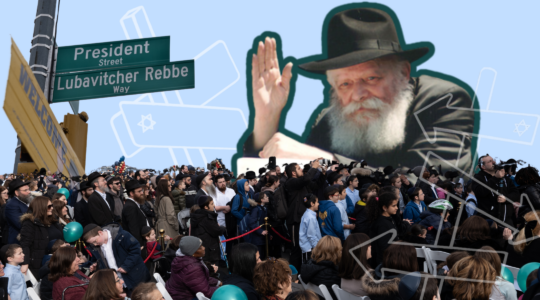It’s a story you hear more and more often these days: Creative types and entrepreneurs, priced out of the big city, unleash their ambitions in a less-developed area nearby. Soon enough, the resulting restaurants, galleries and neighborhoods become destinations in their own right.
I’ve been hearing this for awhile about Israel’s northern Coastal Plain, the region between Netanya and Haifa. The gentle hills and lush, verdant flatlands are dotted with tiny villages and small towns; some are home to Druze communities, others to kibbutzim and moshavim, where locals have lived off the land for generations.
This peaceful region is now drawing a steady stream of chefs, artists and business owners seeking an alternative to high-priced Tel Aviv. The picturesque port city of Caesarea has long been a destination, of course; areas like Karkur, Binyamina and Zichron Yaakov are bustling with activity, as boutique hotels spout and restaurateurs find inspiration amid some of Israel’s most fertile landscapes and renowned wineries.
All of which signals opportunity for the traveler. So recently, I talked to several locals about what they love about the region, what’s new — and why they evangelize for more, and different, tourism here.
For the chef Amos Sion, a favorable location made Caesarea a natural choice for his acclaimed restaurant, Helena. Overlooking the ancient port, Helena is situated near a Roman amphitheater in the Caesarea National Forest. “With the sea on one side, and Mount Carmel and farmland on the other, we have unbelievable local herbs, mushrooms, wild asparagus,” he told me.
Sion grew up in a small moshav (farm) in the south of Israel, cooking for his younger siblings while his mother worked — and dreaming of a career in the kitchen. Having achieved that dream, he has found his niche amid what he characterizes as the relaxed diversity of northern villages, with their ethnic markets, bakeries and traditional fishing cultures.
“I love the Arab village Fureidis, a great source for fresh and high-quality ingredients,” Sion said. “Or Akiva, where I live, also has local fishermen and butchers.”
A favorite spot is the Tishbi Winery in the tiny hamlet of Binyamina, which draws on the local harvest to produce not only wines, but also jams, honey, olive oil, fresh breads and other products. Sion recommends a visit to taste gourmet chocolates or enjoy a meal at Tishbi’s outdoor café, shaded by grapevines and overlooking the vineyard.
The region is actively trying to promote its winery scene, which has enough diversity that you can easily make an itinerary of it. Amid the wildflowers and stone buildings of Kerem Maharal is the Amphora Winery, a rustic spot with a growing reputation for serious wine. Nearby is the Somek Winery, a family-run estate in Zichron Yaakov, where the owner might take you for a personal tour.
The granddaddy of the local industry, naturally, is Carmel Winery, founded more than a century ago by the Rothschild family; a short film in its visitor center illuminates the history of both local winemaking and the region itself.
Where you have wineries, you have gorgeous scenery, and artists have long been drawn to these parts. The famous Ein Hod artists’ village is here; its gallery of sculpture, jewelry, paintings and stained glass is one of the places Tova Wald, a boutique travel planner, takes her visitors for a taste of bohemian Israel.
Wald, now based in Zichron Yaakov, comes by adventurousness naturally. Her grandmother walked from Uzbekistan to Israel on foot, “which made me understand from an early age that travel to Israel is much, much more than just tourism,” Wald told me.
Wald grew up in a kibbutz-like village, walking the land and learning from Bedouin neighbors. She roamed the world for three years after military service, then came home to what she considers Israel’s most beautiful coastline.
Wald has Jewish and Arab family members living in Fureidis; like Sion, she actively promotes a kind of culinary diplomacy between visitors and the various groups who love this corner of Israel. In Muslim and Druze villages, “I take home local hummus, stuffed vine leaves and cabbage leaves,” she said.
Wald also recommends Ma’agan Michael, one of Israel’s largest kibbutzim, which offers ulpan language immersion and outdoor activities at the edge of a nature reserve. For a distinctive peek into Israeli history, she sends visitors into the hills of Zichron Yaakov to the Aaronsohn House, a period house-museum commemorating a World War I-era Jewish underground network.
“I love to visit the different villages, eat local food and visit friends who are painters, sculptors, ceramic artists,” Wald said. “The beauty and nature of this region are a great inspiration.”
The New York Jewish Week brings you the stories behind the headlines, keeping you connected to Jewish life in New York. Help sustain the reporting you trust by donating today.




